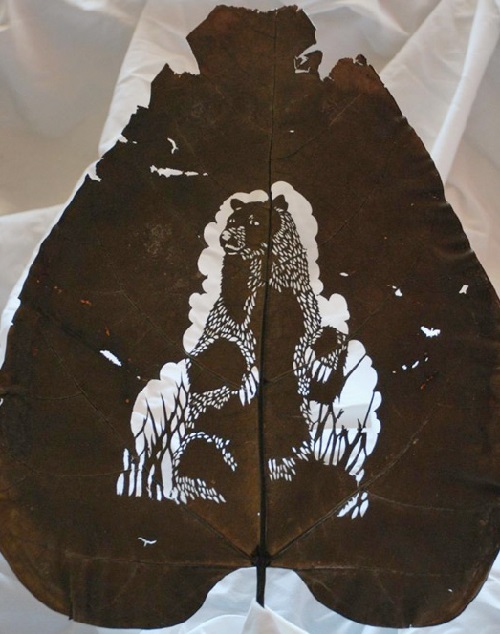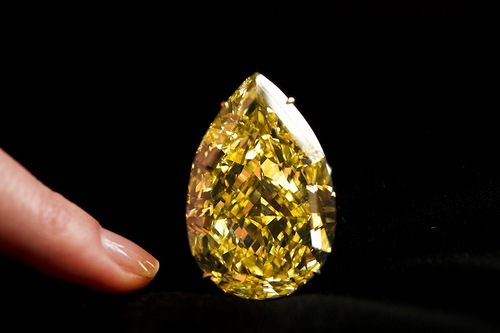Incredible Transformation of Jewel Caterpillar into a moth
Incredible Transformation of Jewel Caterpillar into a moth
This photo depicts beautiful creature Jewel Caterpillar of the species Acraga coa, family Dalceridae. This stunning translucent caterpillar laying on a Red Mangrove tree leaf is about 3 cm long. The fantastic creature is able to transform into a moth, Fuzzy Flier. Meanwhile, Jewel Caterpillar looks like its made entirely of crystal-clear hand blown glass, features a little ruby-like ‘jewel’ inside of every tubercle. Similar to a gem, this incredible creature lives in tropical forests of Central and South America, and also found on the islands of the Caribbean.
P.S. At the end of the post you will see the result of transformation – moth Fuzzy Flier.
According to Wikipedia, the larvae are typically very flattened, and instead of prolegs they have suckers. The thoracic legs are reduced, but always present and they locomote by rolling waves rather than walking with individual prolegs. They even use a lubricant, a kind of liquified silk, to locomote on.
Larvae might be confused with the similarly flattened larvae of Lycaenid butterflies, but those caterpillars have prolegs, are always longer than they are wide, and are always densely covered in short or long setae (hair-like bristles). The head is extended during feeding in the Lycaenids, but remains covered in Limacodidae.
Many Limacodidae larvae are green and fairly smooth (e.g. Yellow shouldered slug, pictured), but others have tubercles with urticating hairs and may have bright warning colours. The sting can be quite potent, causing severe pain.
The larval head is concealed under folds. First instars skeletonize the leaf (avoiding small veins and eating mostly one surface), but later instars eat the whole leaf, usually from the underside. Many species seem to feed on several genera of host plants.
Research on Limacodidae larvae in temperate forests of eastern North America has found that they prefer glabrous leaves, presumably because the trichomes of pubescent leaves interfere with their movement.
Incredible Transformation of Jewel Caterpillar into a moth
fototelegraf.ru/?p=123367
wiki/Limacodidae



















